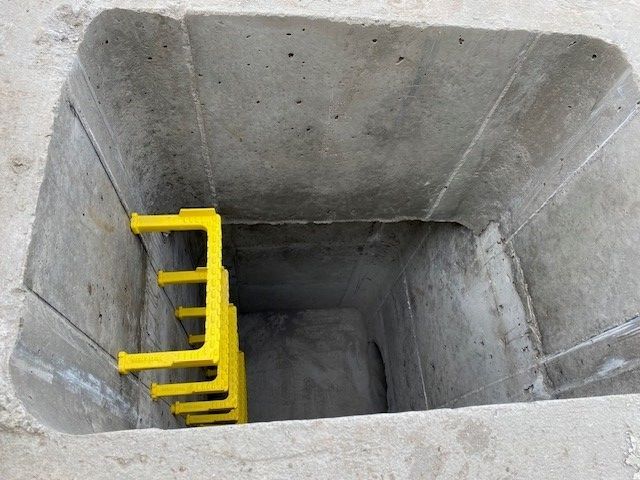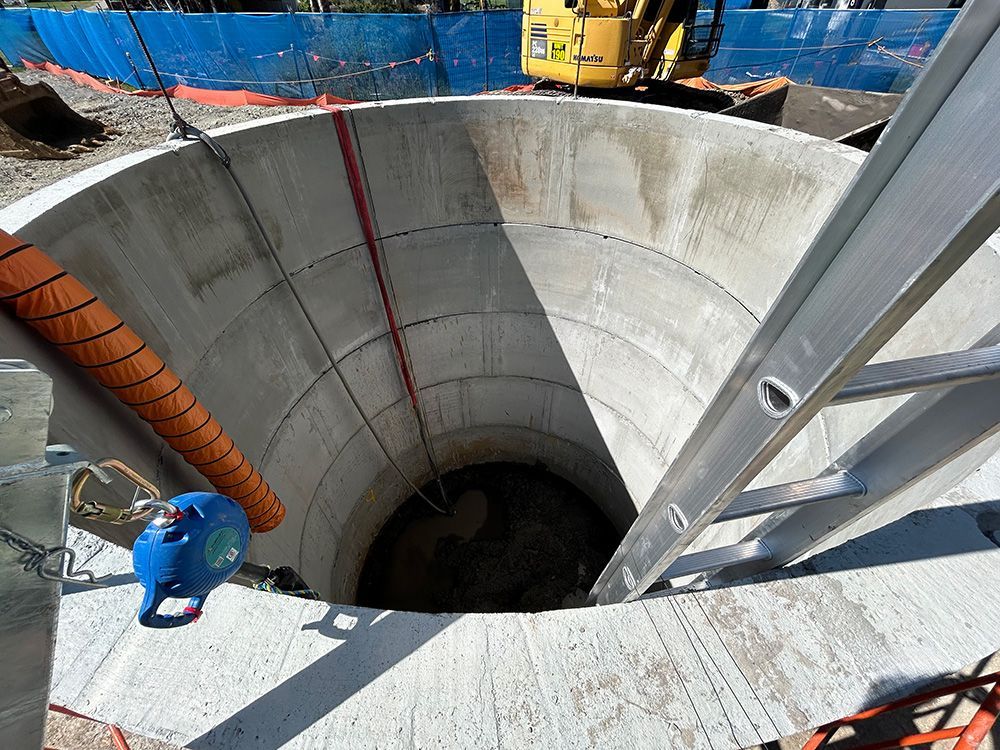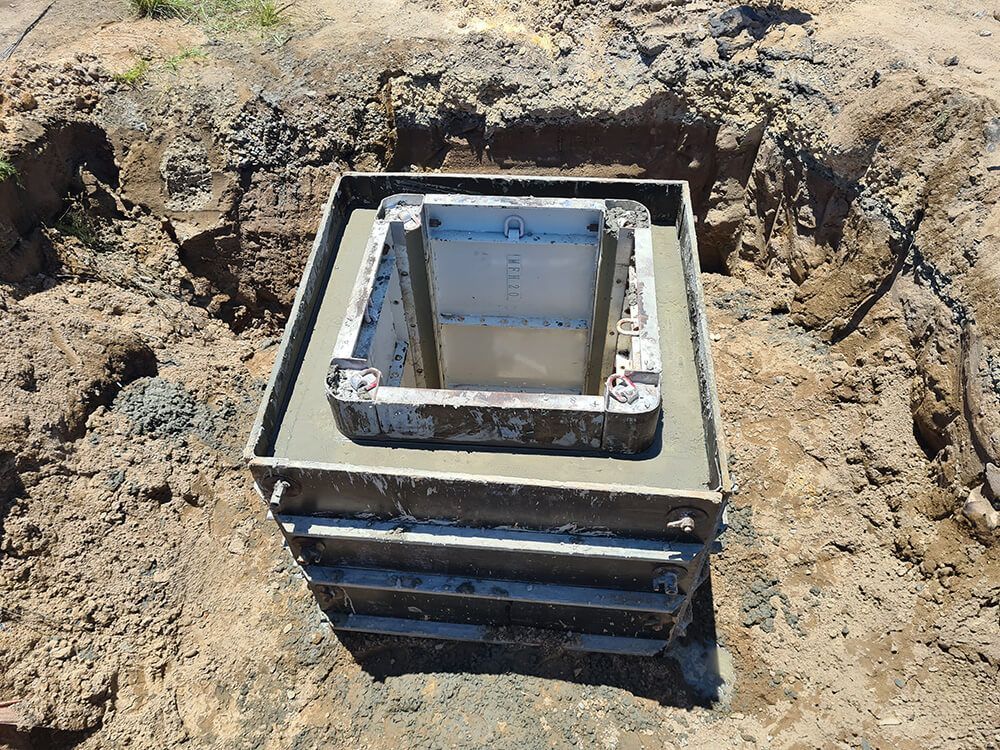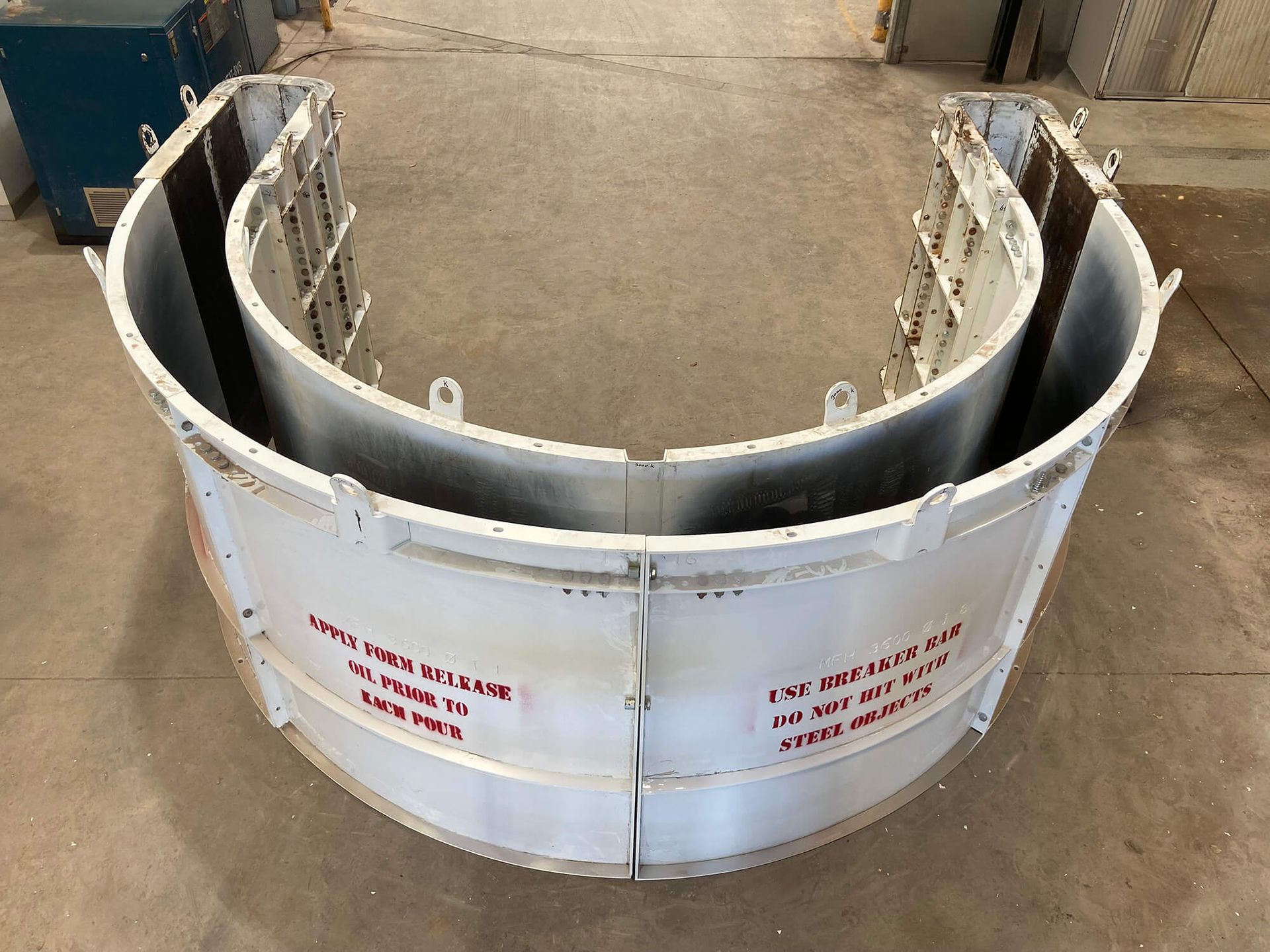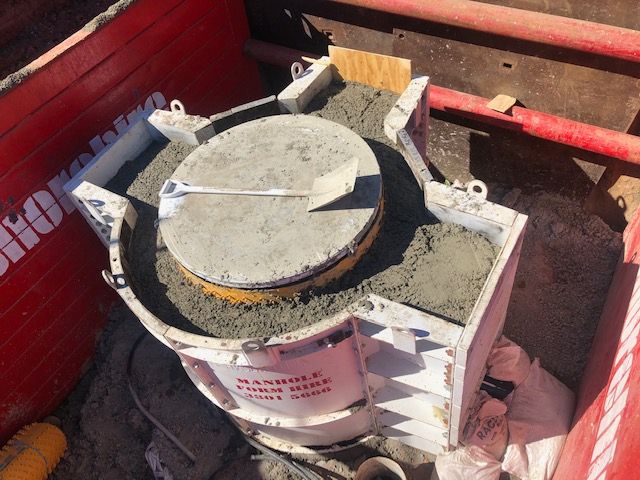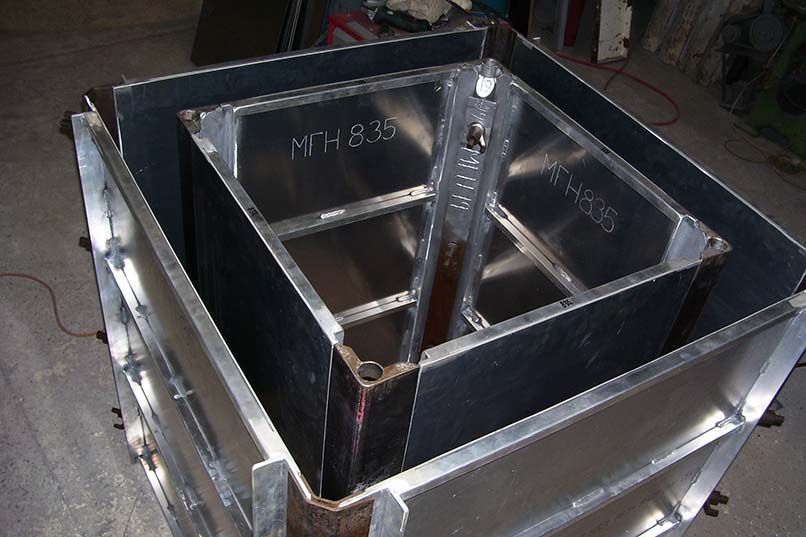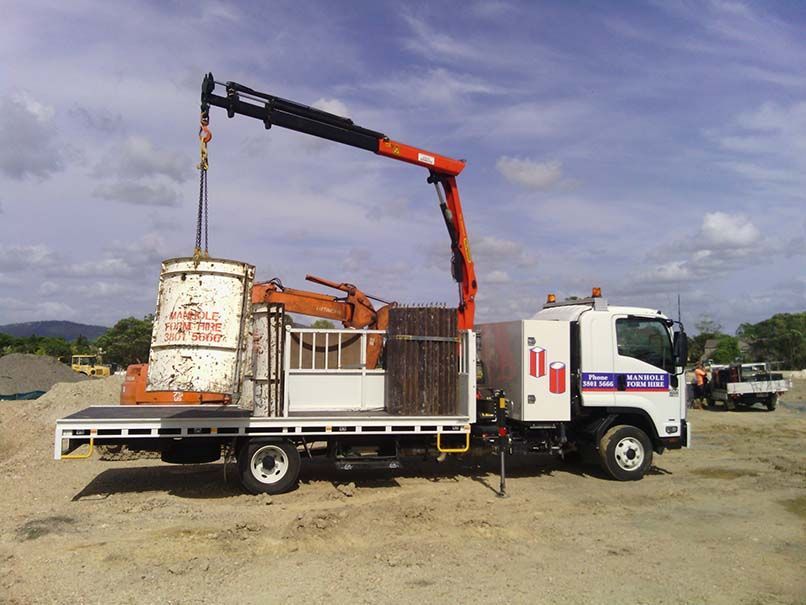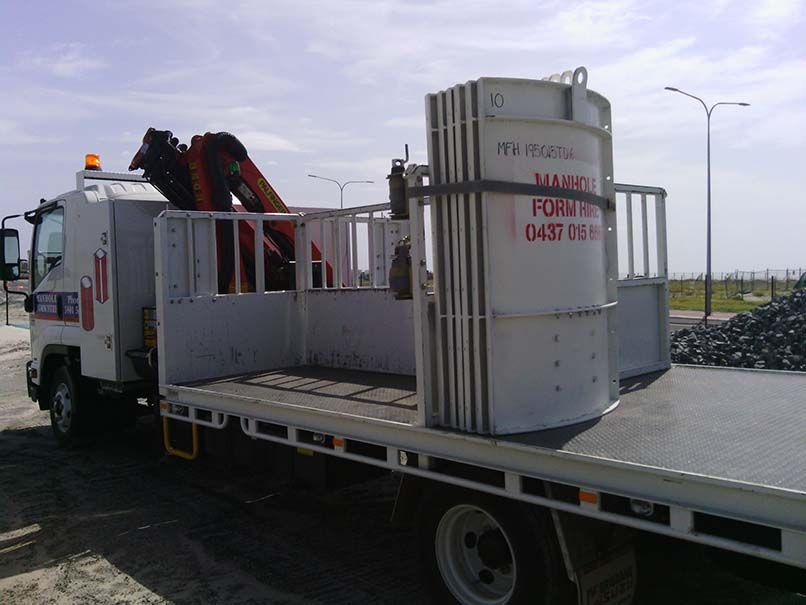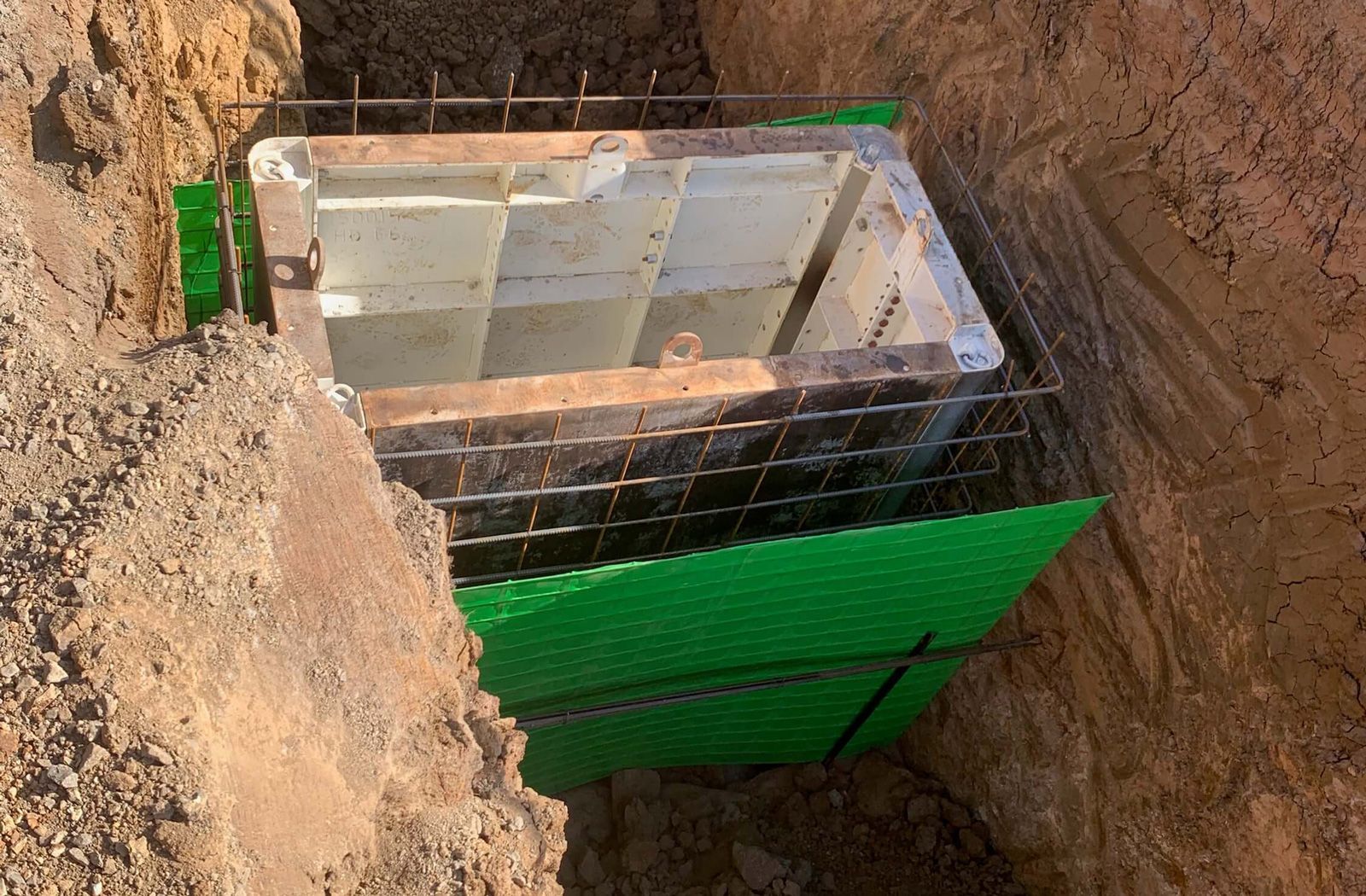Most Australians will tell you all about the dangers of stormwater build-up during rainy seasons. The idea of people getting swept up in fast moving water may seem unlikely, but it’s a risk that many regions across Australia must plan to prevent. As discussed in our previous blog about preparing for storm seasons, installing and maintaining infrastructure plays a large role in ensuring this prevention.
In this blog, we’re going to be covering the perfect contender for dealing with rainwater build up – the kryptonite of raging storms: concrete stormwater pits. If you’re interested in learning how they work and how they’re installed, you’ve come to the right place
Need to install a stormwater pit? We can help!
At Manhole Form Hire, we offer a wide variety of products to facilitate manhole and other infrastructure installations. Our stormwater pits hire options are perfect for creating concrete stormwater pits on your site, and our risers can also help you adjust their depth quick and easy. Unlike precast concrete pits, these stormwater pit forms are completely customisable. You can help keep the floods at bay by installing stormwater drainage pits with our custom pits built for your project needs, so contact us today.

